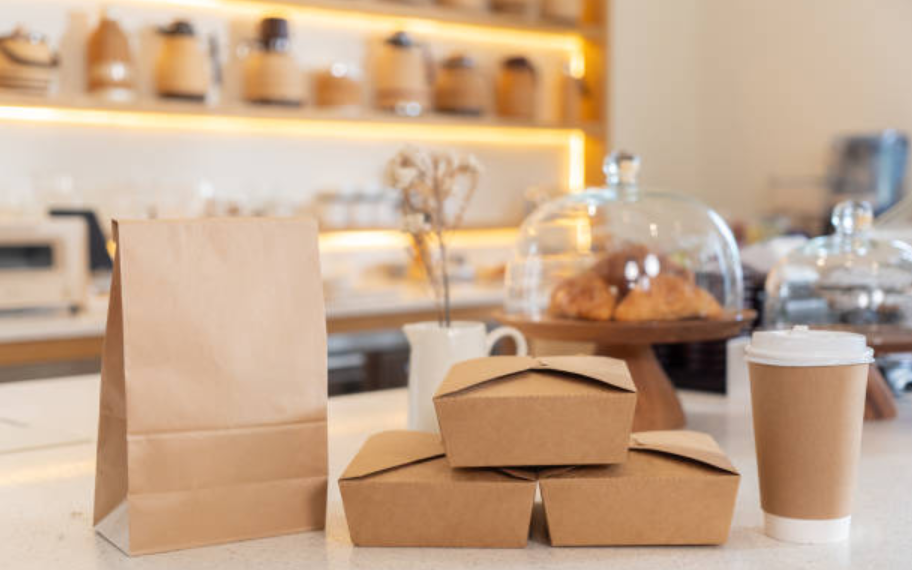jade venison is more than just a dish—it’s an elegant approach to cooking that blends the rich, earthy taste of venison with fresh, herbaceous flavors. This style of preparation is known for its distinctive green tone and aromatic profile, achieved through the use of ingredients like parsley, mint, and green tea. Whether you’re a professional chef or a passionate home cook, understanding jade venison means appreciating a culinary method that balances tradition, creativity, and nutrition.
What is Jade Venison?
Jade venison is venison prepared with a green herb or tea-based marinade or crust, giving the meat a fresh, vibrant flavor and an appealing visual presentation. The name comes from the green “jade” color that coats the meat, making it look as refined as it tastes. This technique doesn’t refer to a special type of deer but rather to a way of enhancing venison’s natural qualities with complementary ingredients.
Historical and Cultural Roots
While jade venison feels modern, its foundation is tied to centuries-old cooking traditions. Many cultures have paired game meats with fresh herbs to balance their intense flavors. The “jade” aspect connects to the symbolic meaning of the stone—purity, vitality, and harmony—which mirrors the freshness brought by herbs in this preparation. In contemporary gastronomy, jade venison is appreciated both for its visual artistry and its balanced taste.
Flavor Profile and Nutritional Benefits
The flavor of jade venison is a beautiful interplay between gamey richness and herbal freshness. Mint and parsley provide cooling, grassy notes, while green tea or matcha adds a delicate bitterness and umami depth. The result is a flavor that is less intense than plain venison, making it more approachable for those new to game meats.
Nutritionally, venison is lean, high in protein, and lower in fat than beef. The herbal components also contribute antioxidants and vitamins, making jade venison a smart choice for those seeking health-conscious gourmet options.
Ingredients and Preparation Techniques
A successful jade venison starts with quality venison—loin, backstrap, or leg cuts work best. The herb crust or marinade is the defining element. A typical mixture includes:
- Fresh parsley, mint, and basil
- Lemon zest
- Garlic
- Olive oil
- Salt and pepper
- Optional: matcha or green tea powder for added color and flavor
To prepare, blend the herbs with oil and seasonings until a thick paste forms. Apply this paste generously to the meat, either for marinating or as a coating before cooking.
Cooking Methods for Best Results
There are several ways to prepare jade venison, but the goal is always to preserve tenderness and keep the herb color vibrant:
Searing and Oven Finishing
- Preheat a skillet and lightly oil the surface.
- Sear the venison for 1–2 minutes per side to develop a crust.
- Transfer to a 325°F oven until it reaches medium-rare (125–130°F).
- Rest the meat for 8–10 minutes before slicing.
Sous Vide Method
- Coat the venison with the herb paste.
- Vacuum-seal and cook at 130°F for 1–2 hours.
- Finish with a quick sear to lock in flavor.
Both methods protect the freshness of the herbs and deliver tender results.
Serving and Pairing Suggestions
Presentation matters with jade venison. Slice it thinly against the grain and arrange it over a bed of herbed grains, barley risotto, or roasted seasonal vegetables.
For drinks, pair with:
- Light red wines like Pinot Noir or Gamay
- Crisp, herbaceous white wines like Sauvignon Blanc
- Dry cider for a rustic touch
A garnish of microgreens or edible flowers can enhance both the visual appeal and the flavor balance.
Sourcing and Sustainability
Choosing high-quality, responsibly sourced venison is essential for jade venison. Wild-harvested venison offers rich flavor but should be handled according to food safety guidelines. Farm-raised venison from sustainable farms ensures consistent quality and supports ethical practices. Buying from local suppliers also helps maintain freshness and reduce environmental impact.
Common Mistakes to Avoid
- Over-marinating – Acidic ingredients can break down the meat’s texture too much.
- Overcooking – Venison dries quickly; aim for medium-rare.
- Using stale herbs – Fresh herbs are essential for vibrant flavor and color.
- Skipping the rest period – This causes juices to escape, leaving the meat dry.
Conclusion
Jade venison is a dish that blends tradition, health, and creativity. Its striking color, layered flavors, and lean profile make it a standout choice for special occasions or adventurous weeknight dinners. By focusing on fresh herbs, proper technique, and mindful sourcing, you can create a meal that’s as visually stunning as it is delicious.
FAQs
Q: Is jade venison a special type of meat?
A: No, it’s a preparation method for venison that uses green herbs or tea for flavor and appearance.
Q: What herbs work best for jade venison?
A: Mint, parsley, and basil are common, with optional matcha or green tea for color and taste.
Q: Can I make jade venison without matcha?
A: Yes, fresh herbs alone can create the desired green appearance and flavor.
Q: What’s the best cut for jade venison?
A: Loin or backstrap for tenderness, or leg for a more economical option.
Q: How should jade venison be served?
A: Sliced thinly, with light sides and fresh garnishes to highlight the herbal flavors.


